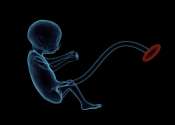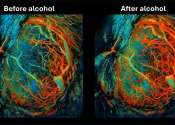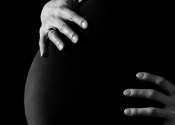Researchers focus on placental amino acid transport to investigate causes of fetal growth disorders
Common complications of pregnancy affecting fetal size may be caused by irregularities in the transport of amino acids across the placenta—a finding with therapeutic implications. Intrauterine growth restriction (IUGR) ...
Jun 18, 2024
0
0









